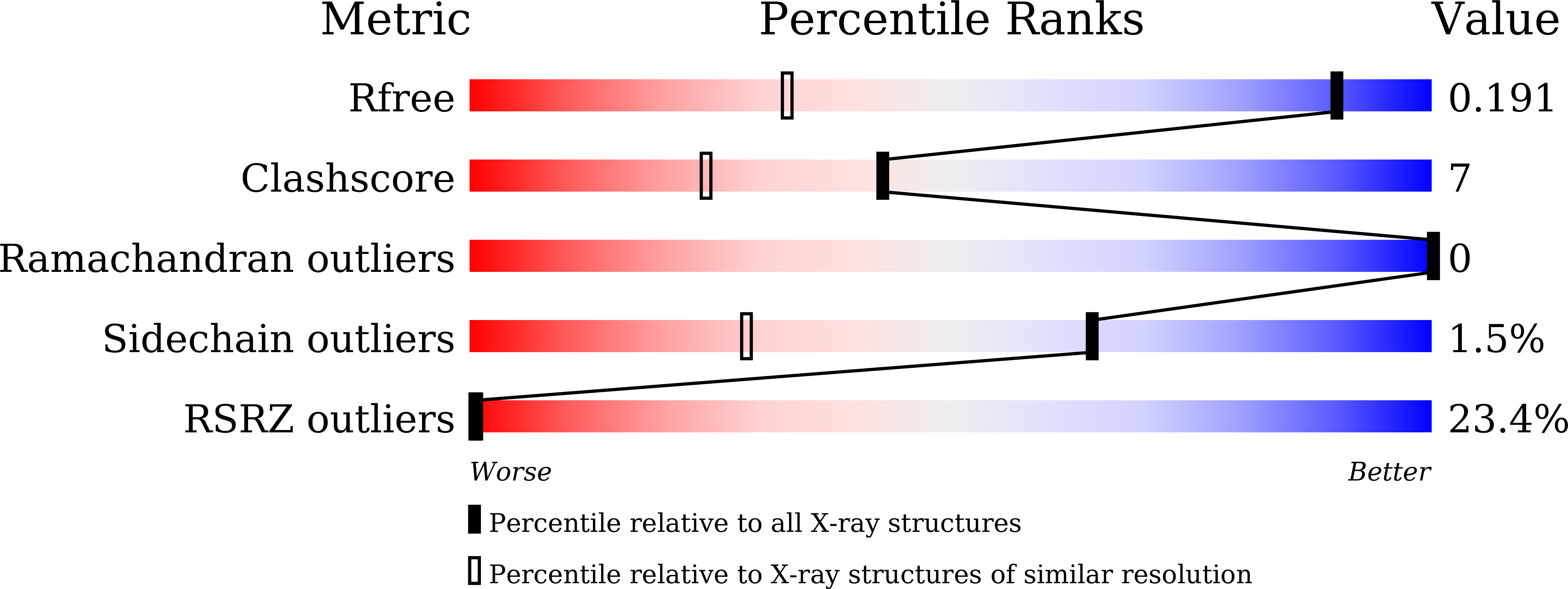
Deposition Date
2021-04-04
Release Date
2021-06-09
Last Version Date
2023-11-29
Entry Detail
Biological Source:
Source Organism:
Method Details:
Experimental Method:
Resolution:
1.24 Å
R-Value Free:
0.18
R-Value Work:
0.17
R-Value Observed:
0.17
Space Group:
H 3 2


